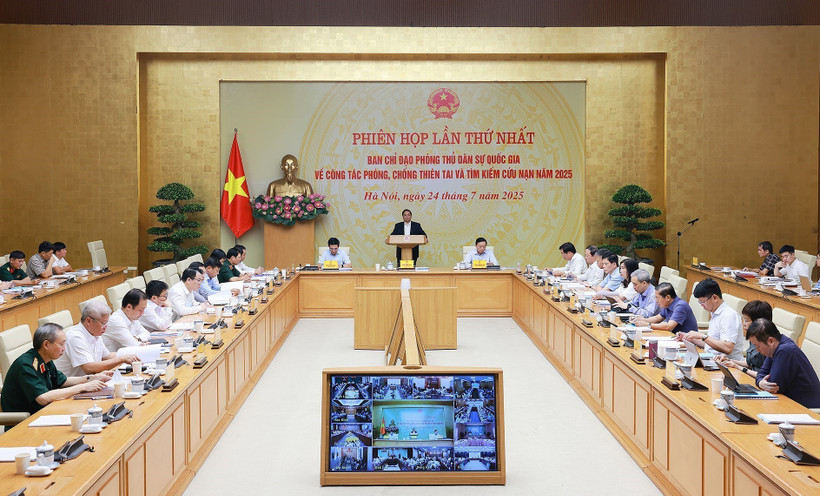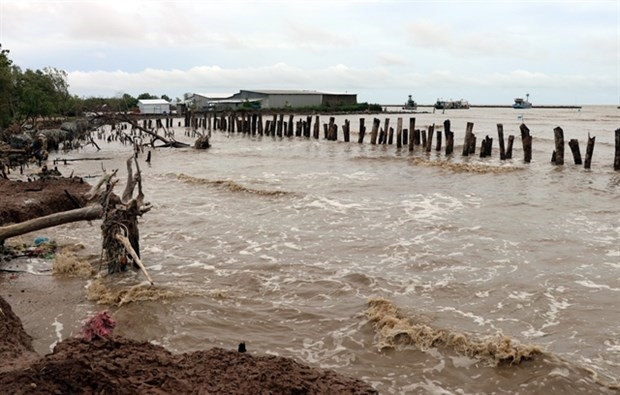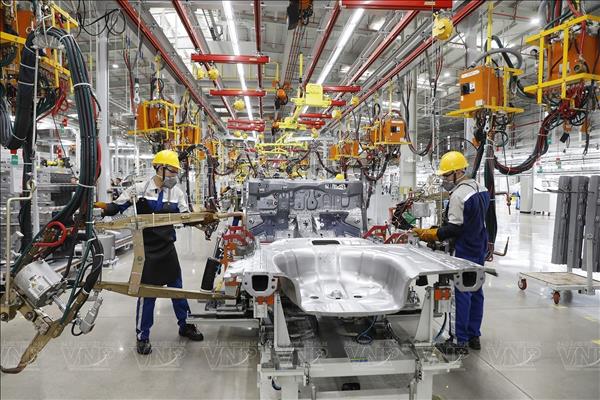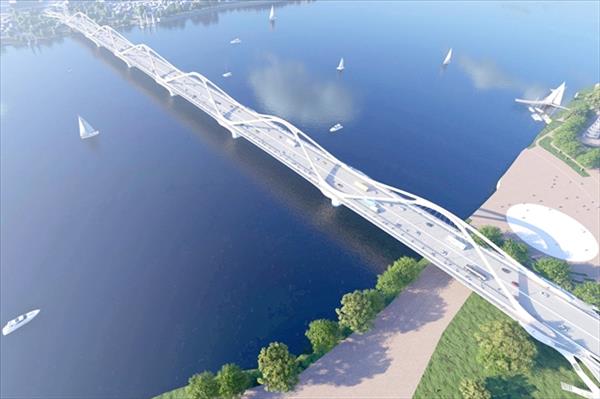Prime Minister Pham Minh Chinh, who is also Head of the National Civil Defence Steering Committee, has called for enhancing preparedness at the grassroots level, stressing that communes, wards, and special zones must act as “fortresses” in civil defence, especially disaster prevention, response and recovery.
Addressing the committee’s first national meeting on disaster prevention and control, and search and rescue efforts on July 24, PM Chinh warned of increasingly complex and destructive natural disasters, urging a strategic shift from passive reaction to proactive prevention and long-term preparedness.
He outlined a framework built on the “three musts” for the country in civil defence - must prevent disasters from early and afar, must respond effectively, and must recover from disasters in an inclusive and rapid manner.
The Government leader noted that from early 2024 to July 2025, Vietnam faced over 10,200 disasters and incidents, including 13 storms, three tropical depressions, severe floods, landslides, droughts, and earthquakes, resulting in 1,389 deaths, 398 missing, and 91.6 trillion VND (3.5 billion USD) in damage. The first half of 2025 alone saw 61 deaths and losses of 544 billion VND.
In 2024, Typhoon Yagi, the most powerful storm to hit Vietnam in 70 years, and subsequent historic floods in 26 provinces caused 345 deaths and nearly 85 trillion VND in losses. In response to these disasters, over one million personnel and 58,000 vehicles were mobilised to tackle 9,000 incidents, rescuing more than 7,000 people and 700 vehicles.
The Government allocated 5.5 trillion VND from the 2024 contingency budget, along with rice, seeds and disinfectants. International aid totalled over 25 million USD and 222 tonnes of supplies. The Vietnam Fatherland Front Central Committee raised 2.67 trillion VND in donations, he said.
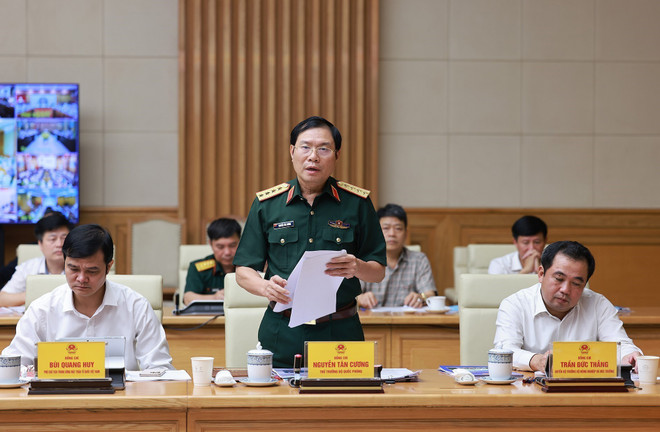
The PM stressed the need for localities to apply the “four on-the-spot” principle - local command, manpower, materials and logistics, citing successful coordination during emergencies at Thac Ba hydroelectric dam and Hoang Long dyke as examples.
He acknowledged that Vietnam has made significant progress in building the legal and institutional frameworks for civil defence, especially in adapting to the country’s two-tier local administration model Command chains, inter-agency coordination, force readiness and equipment capabilities have all improved. However, forecasting and early warning remain limited, while access to remote and isolated areas remains a challenge, he pointed out.
The government leader tasked the Ministry of National Defence with maintaining round-the-clock readiness, while the Ministry of Public Security must prepare for risks in urban and industrial areas. He also assigned tasks to other ministries in forecasting, disease control, emergency communication, disaster education, and funding, while the Ministry of Finance was asked to establish a Civil Defence Fund.
PM Chinh stressed the “six clarities” model: knowing what to do, who does it, when, where, how, and what outcome is expected. Chairperson of provincial and municipal People's Committees must act as on-site commanders, he said.
Each commune, ward and special zones must develop evacuation plans, install early warning systems, stock emergency supplies and train local response teams, he requested, adding that the public's involvement is vital to any civil defence strategy.
Concluding the meeting, PM Chinh affirmed that civil defence is a collective national duty, requiring the engagement of the entire political system and all people. With unity and readiness, Vietnam can safeguard lives, ensure stability, and meet its growth target of 8.3–8.5% this year, he stressed./.

